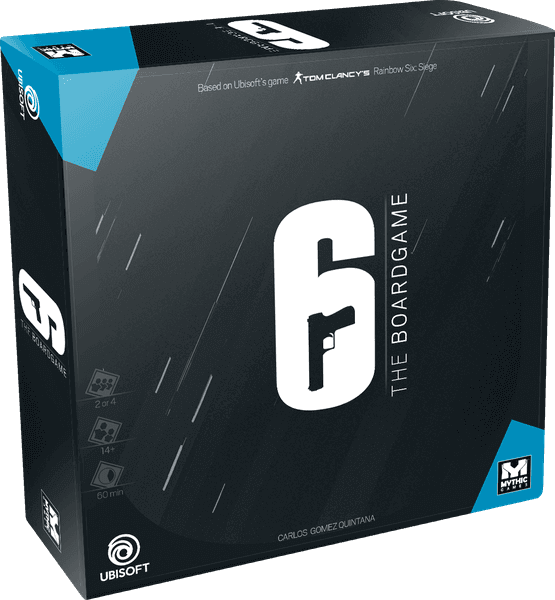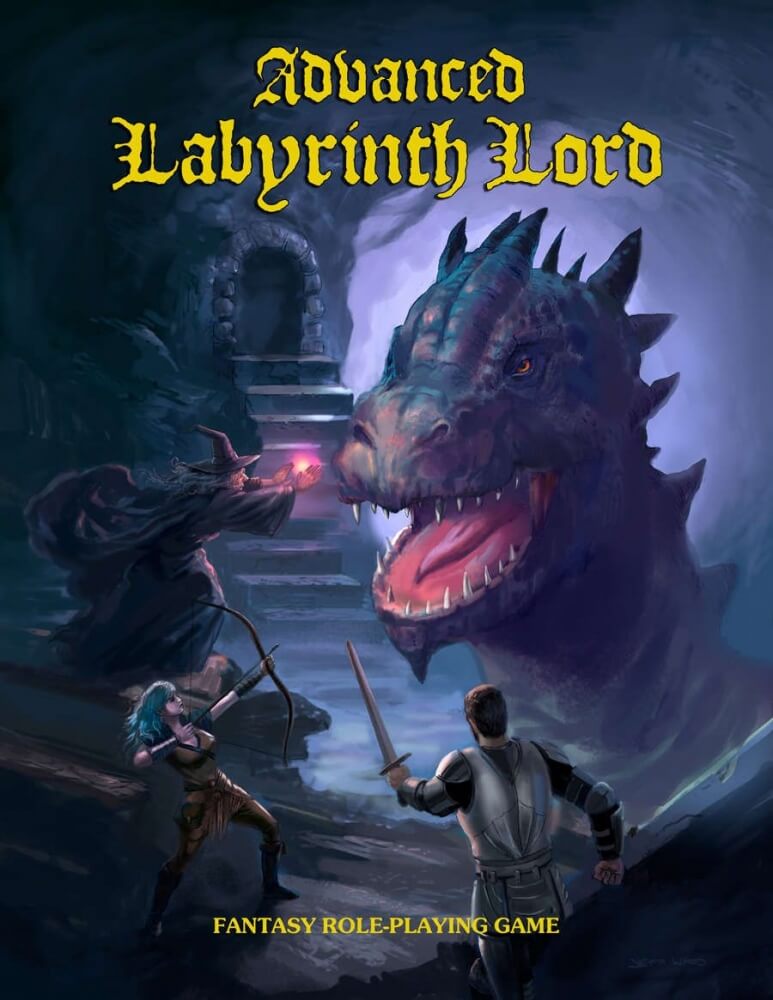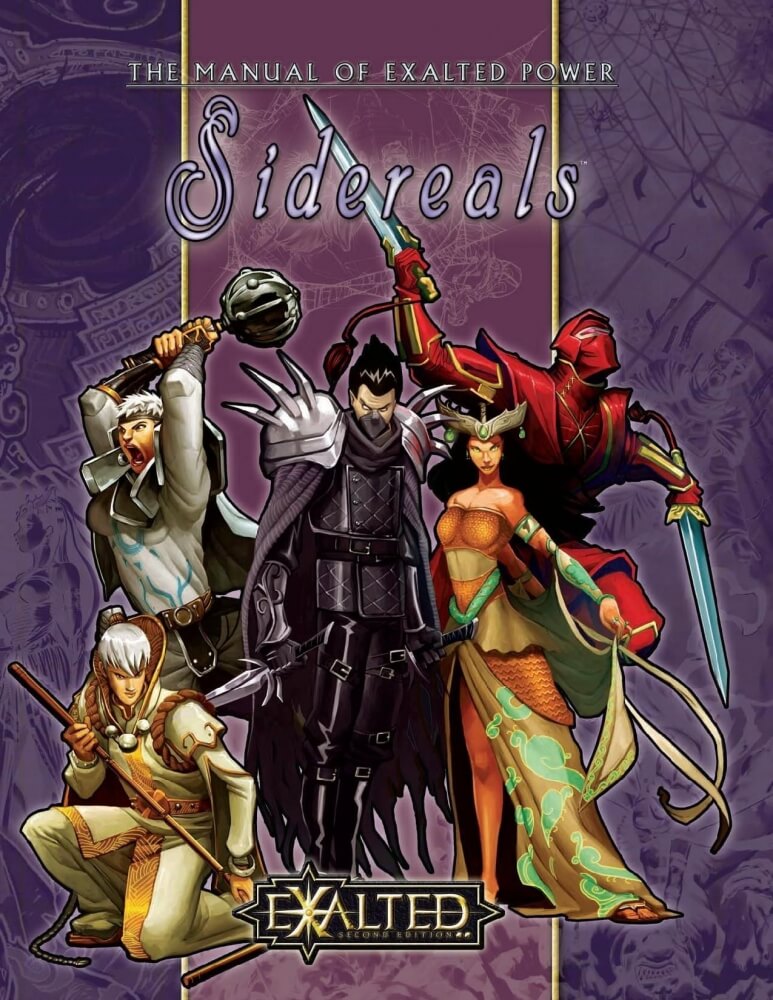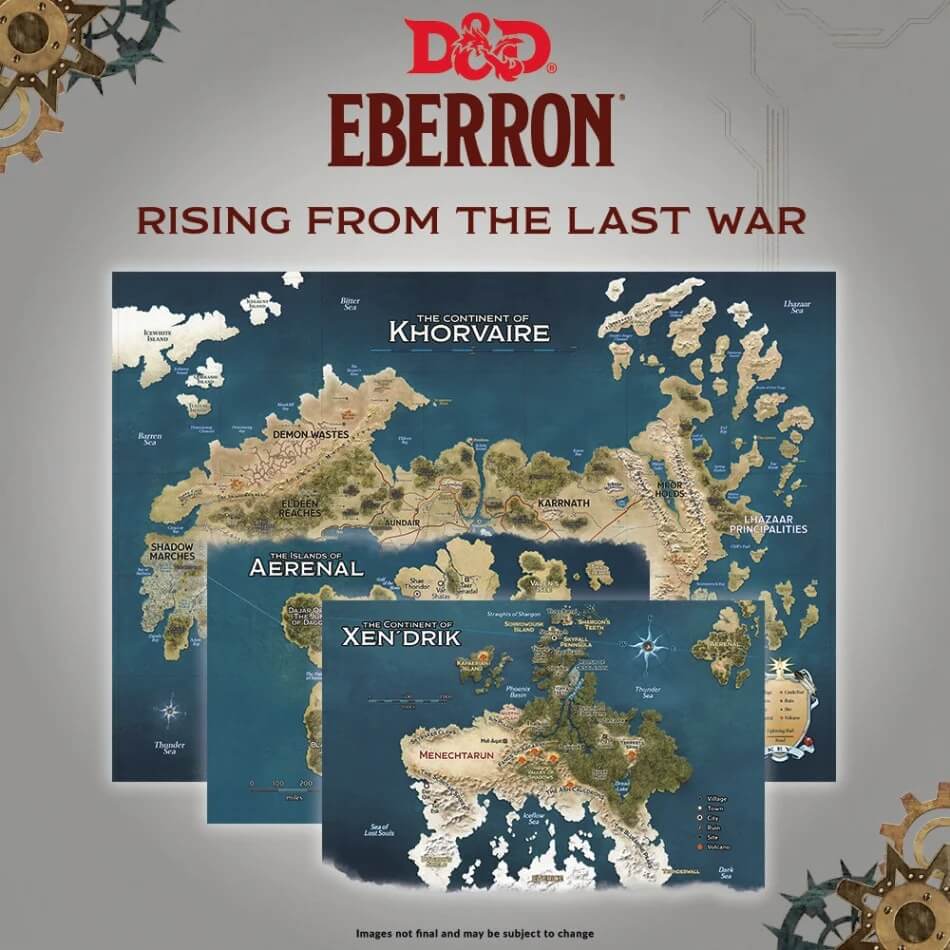
6: Siege - The Board Game
6: Siege - The Board Game is an exciting asymmetrical board game, designed for 2 to 4 players, which brings the intensity of Ubisoft's famous video game, Tom Clancy's Rainbow Six: Siege, to the table. In this game, each player controls a team of 5 operators, and can choose between attackers or defenders, each with unique abilities and special equipment that changes the dynamics of the game. Building your team is a crucial and engaging part of the experience, allowing for various combinations and strategies. As an attacker, you'll breach the scenario using explosives and invasion tactics, while as a defender, your decisions will be key to setting traps and protecting the objective. Get ready for fast action and tactical decisions that keep all players on the edge of their seats!Artists: Stéphane Gantiez; Henning Ludvigsen
Designers: Carlos G.Q.;
Date: 2023
Note: 6.2
Mechanics: Timed Action, Bets and bluffs, Scenario / Mission / Campaign, Grid with Squares, Players with Different Skills, Line of sight, Movement in Grids, Multiple Maps, Shift Order: Interruptions, Secret Positioning, Variable preparation, Data Scrolling, Real Time
Topics: War, Video Game Theme
Table of Contents
- How to Play
- Tips for playing
- Game mechanics
- Game components
- Additional Information
OBJECTIVE OF THE GAME
Tips for playing
Here are some tips for doing better in the game 6: Siege - The Board Game:
- Know the role of each operator and their special skills.
- Think strategically about the positioning of barriers and traps.
- Coordinate moves with your team to create complex tactics.
- Manage resources properly to sustain long-term operations.
- Observe the division of the board and take advantage of bottlenecks.
- Keep communication open so that you can adapt quickly.
- Use the game environment to your advantage, always looking for cover.
- Study the maps beforehand to anticipate your opponents' moves.
- Get better at executing simultaneous actions to gain the upper hand.
- Practice balancing offense and defense as the situation demands.
Video about the game
GAME mechanics
- Players with Different Skills: Each player takes on the role of an operator with unique skills, influencing strategy and the use of special abilities during the match.
- Data Scrolling: Used to determine the success of uncertain actions, such as combat and interaction with the environment, adding an element of luck to the game.
- Real Time: Some phases of the game take place in real time, requiring quick reactions and instant decisions from the players to simulate the pressure of a tactical confrontation.
- Timed Action: Several actions have a set time limit for completion, increasing the tension and the strategic challenge.
- Bets and bluffs: Bluffing elements are incorporated, allowing players to deceive opponents about their intentions or location, similar to the video game Rainbow Six Siege.
- Scenario / Mission / Campaign: The game is divided into specific scenarios or larger campaigns, each with different objectives and victory conditions that determine the course of the game.
- Grid with Squares: The board is divided into squares, providing a clear structure for the movement and strategic positioning of units.
- Line of sight: Line-of-sight mechanics are fundamental to attack actions, requiring players to have a direct, unobstructed view of intended targets.
- Movement in Grids: Operators move from one square to another on the board, allowing for flanking tactics and crucial positioning.
- Multiple Maps: The game includes a variety of maps that recreate different game environments, forcing players to adapt their strategies according to each map.
- Shift Order: Interruptions: Actions are not always linear, with opportunities for players to interrupt or react to opponents' movements during their turns.
- Secret Positioning: Some aspects of the game require players to keep the positioning or intent of certain operators hidden until critical moments.
- Variable preparation: Before the start of each mission, players can choose their team composition and starting position, offering a variety of tactical options.
Game components
See all the items in the game below 6: Siege - The Board Game:
- Operator parts
- Action cards
- Modular tray
- Objective markers
- Combat dice
- Pipe pawns
- Event letters
- Barricade panels
Additional Information
- Ludopedia link: https://ludopedia.com.br/jogo/6-siege-the-board-game
- Link Tabletopia:
- Amazon Brazil link: Comprar 6: Siege – The Board Game
- Amazon USA link: Comprar 6: Siege – The Board Game


